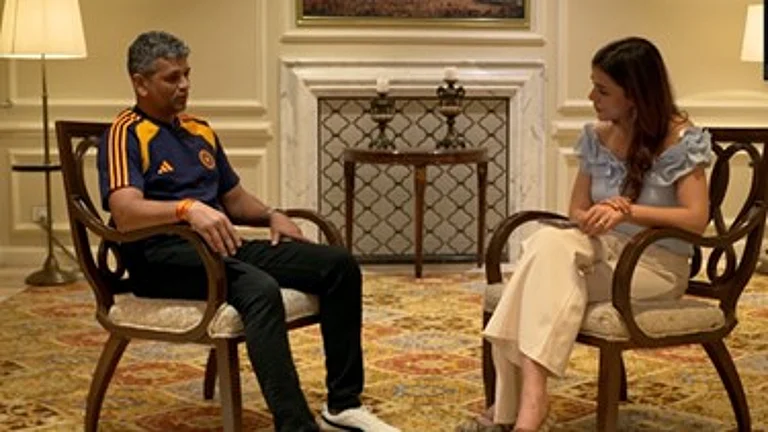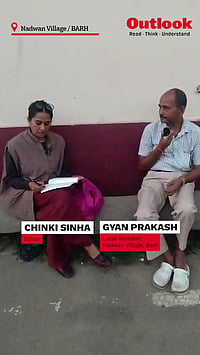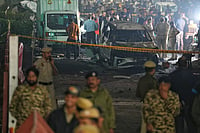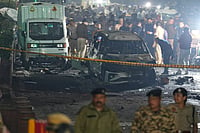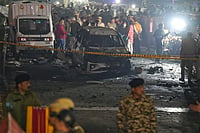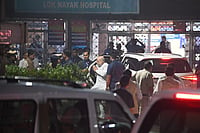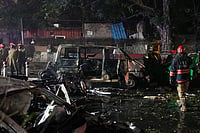It was a carefully crafted sound bite that summed up best the two-day meet between Indian and Pakistani foreign ministers. With the meeting over on September 6, Indian foreign minister K. Natwar Singh and his counterpart, Khurshid Mehmood Kasuri, stepped out to share the podium in Hyderabad House. As journalists waited expectantly, Singh said, "Diplomacy provides hope, not salvation. Even modest progress is worthy of respect. We have made progress in the past two days. My friend, foreign minister Kasuri, and I have established rapport, mutual trust."
Three questions later, the press interaction was declared over. With "salvation" already ruled out, no one was wiser what the results of "mutual trust" or "hope" were. A joint statement was to be issued; it was released two days later, Sept 8, as Kasuri wound his way to the airport to take a flight back home. A sliver of hope the three-page joint statement did indeed hold out, spelling out 13 areas where nuanced forward movement were claimed to have been made.
The "forward movement" entailed suggesting a meeting to start the Munabao-Khokrapar rail link, and also to hammer an agreement on advance notification of missile tests. There’s to be a biannual meeting between the BSF and Pakistan Rangers in October; yet another one between the respective Narcotics Control Bureaus. A decision was also taken to provide a new category of tourist visas and to promote group tourism. Yet, some aspects of the joint statement seem ostensibly outstanding. These include:
- A committee of experts to consider trade issues
- An agreement to implement the outcome of the August 2004 meeting of the defence secretaries
- The decision on a joint survey of the boundary pillars in the horizontal segment (blue dotted line, see map) of the international boundary in the Sir Creek area
- A meeting on all issues over the proposed Srinagar-Muzaffarabad bus service
In contrast, the decision to implement the outcome of the meetings between the defence secretaries on Siachen is ambiguous. The text of the August joint statement states: "The military experts of the two sides also met to discuss modalities for disengagement and redeployment of troops, and agreed to have further discussions. The two defence secretaries agreed to continue their discussions with a view to resolving the Siachen issue in a peaceful manner." Since the two sides have only agreed to discuss more, it isn’t clear what they are going to implement.
A government source, however, points out: "There is no rejection of proposals made by both sides for gradual disengagement in Siachen, and we are working towards it." Pakistani sources say the idea is to get the area demilitarised, initially through a withdrawal and redeployment. Indian sources countered, saying demilitarisation is logically too far away to make a definite statement upon.
The proposed meeting on the Srinagar-Muzaffarabad bus service is potentially the most interesting. Till last week, Pakistan had insisted that since the bus will have to pass through "disputed territory", a meeting should take place to sort out the tricky political aspects of the service. In contrast, India had insisted on a technical meeting to thrash out issues of the route, customs clearances etc. Now both sides have agreed to an omnibus meeting. Will this work out? Well, Indian officials say they are willing to go as far as considering a specific India-Pakistan travel document between the two countries; obviously, nothing beyond that.
The most delightful of the illusionary forward movement category is the agreement to undertake a joint survey of the "blue dotted line" of the "international boundary" in the Sir Creek area. So what’s the problem, since the two nations agree on the international boundary here?
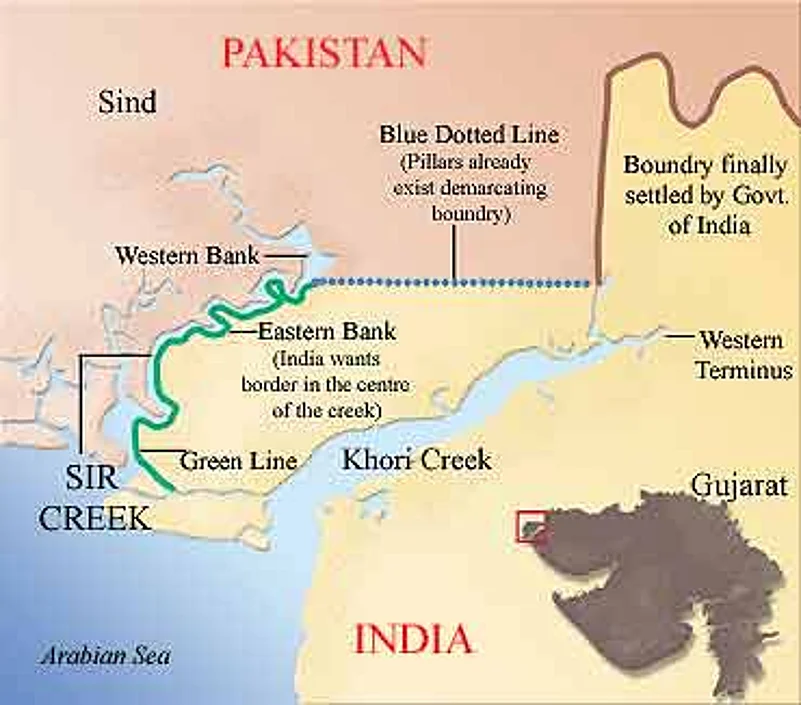
Well, in the Sir Creek issue, the dispute pertains to a "green line" (see map) a tribunal cartographer drew in a map called B-44 back in 1914 to adjudicate between the state of Sindh and Kutch. The green line in that map traversed along the eastern shores of the disputed Creek (which Pakistan claims) but Indians differ. They insist on emphasising upon a two para note attached to the 1914 map which mentions that the green line runs through the centre of the Creek. From India’s perspective, the green line runs through the water. So what did the talks achieve last week? As a senior government official sums up: "What we have got ourselves is between nine months and a year for the dailogue process. Enough time to produce a new baby."










